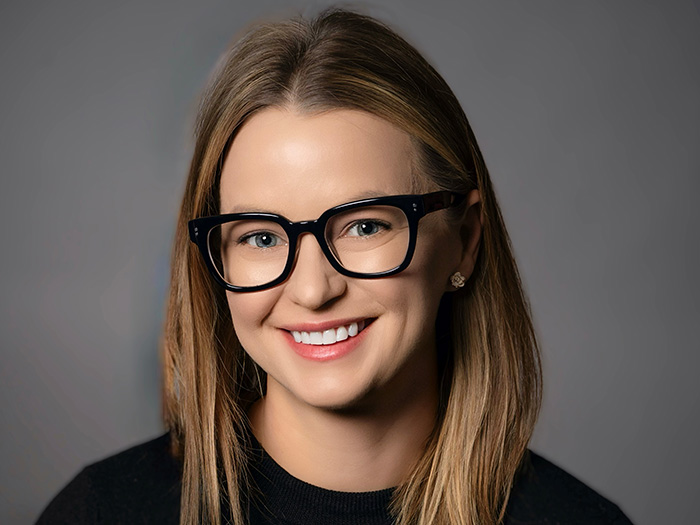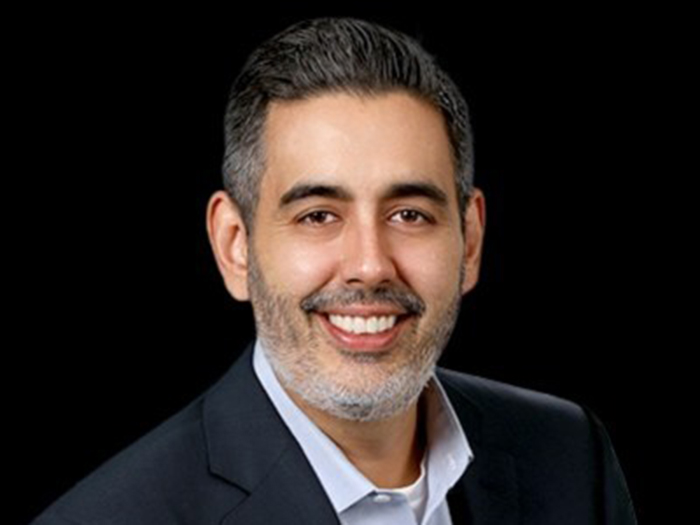Is Active Shooter Insurance Becoming a Risk Management Necessity?

February’s mass shooting in Aurora, Illinois is yet another reminder that mass shootings, often in spaces that also happen to be workplaces, are an unfortunately common problem in the country right now.
In fact, according to recent data reported by the Bureau of Labor and Statistics, homicides accounted for a staggering 10 percent of workplace deaths that occurred in the United States in 2016. Of those 500 workplace homicides, 394 of them — nearly 80 percent of the total — were caused by shootings. Meaning: Statistically, at least one fatal workplace shooting occurs every day in the United States. A tough reality to swallow, right?
This brings about the question:
Should risk managers be considering active shooter insurance for workplaces?
Active shooter insurance, also known as “active assailant insurance,” is a type of gap coverage used to supplement general liability insurance, covering unexpected expenses stemming from a shooting, like funeral costs, death benefits and more.
After a string of mass school shootings over the past decade, active shooter insurance has risen in popularity among school districts. As Robert Hartwig, director at the Risk and Uncertainty Management Center in South Carolina, noted to the Wall Street Journal, “There’s burgeoning demand for this product.”
With workplace homicides, the bulk of which are shootings, at their highest since 2010, whether other industries should follow suit isn’t a surprising question.
As Risk & Insurance® reported in November, health care and social service workplace settings are particularly at risk for violence, with 75 percent of workplace assaults occurring in those industries. That said, the Aurora shooting, in which five workers were killed, didn’t fall into that category. The shooter opened fired after being terminated from his job at an Illinois manufacturing company.
Devastating events like this can lead to major unexpected costs for employers, ranging from medical costs to trauma counseling. Active shooter insurance is one way some work providers are choosing to offset these costs in the tragic event that a shooting does occur.
Because active shooter insurance can’t possibly be universal in application, there are a number of factors to consider when thinking about adding this type of policy to your coverage. Think: pinpointing where the gaps in your general liability insurance exist and reviewing what your property insurance covers in the case of an active shooter event (oftentimes not much).
In regards to cost, active shooter insurance can range significantly. For reference, when it comes to school systems, the Wall Street Journal reports that, dependent on size, annual premiums for active shooter insurance can range from $1,800 to $20 million.
Further reading: This full Wall Street Journal piece outlining how the prevalence of mass school shootings has led to a spike in active shooter insurance policies is worth reading. For those considering active shooter insurance, we’ve also outlined some key factors to pay attention to when it comes to your policy here.










